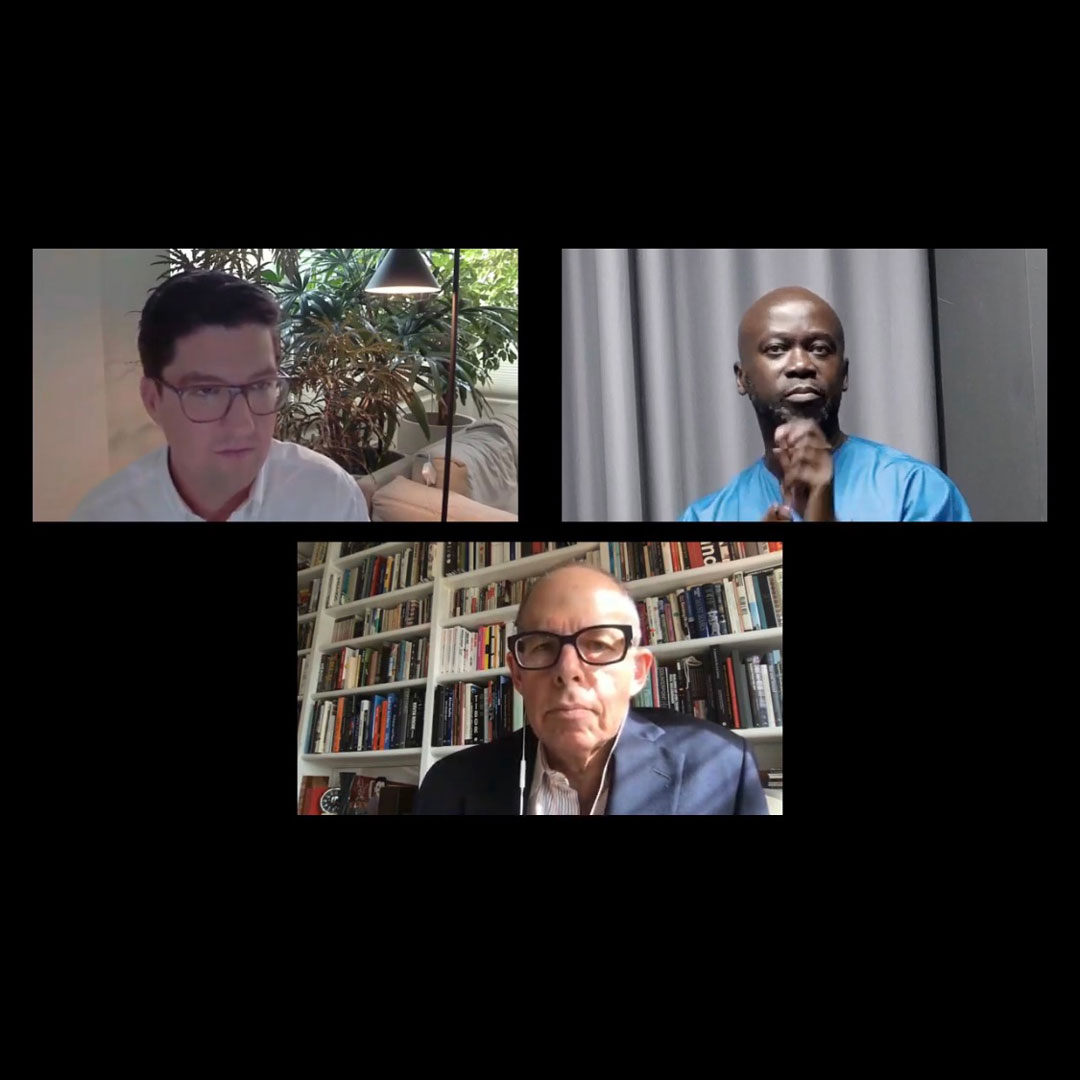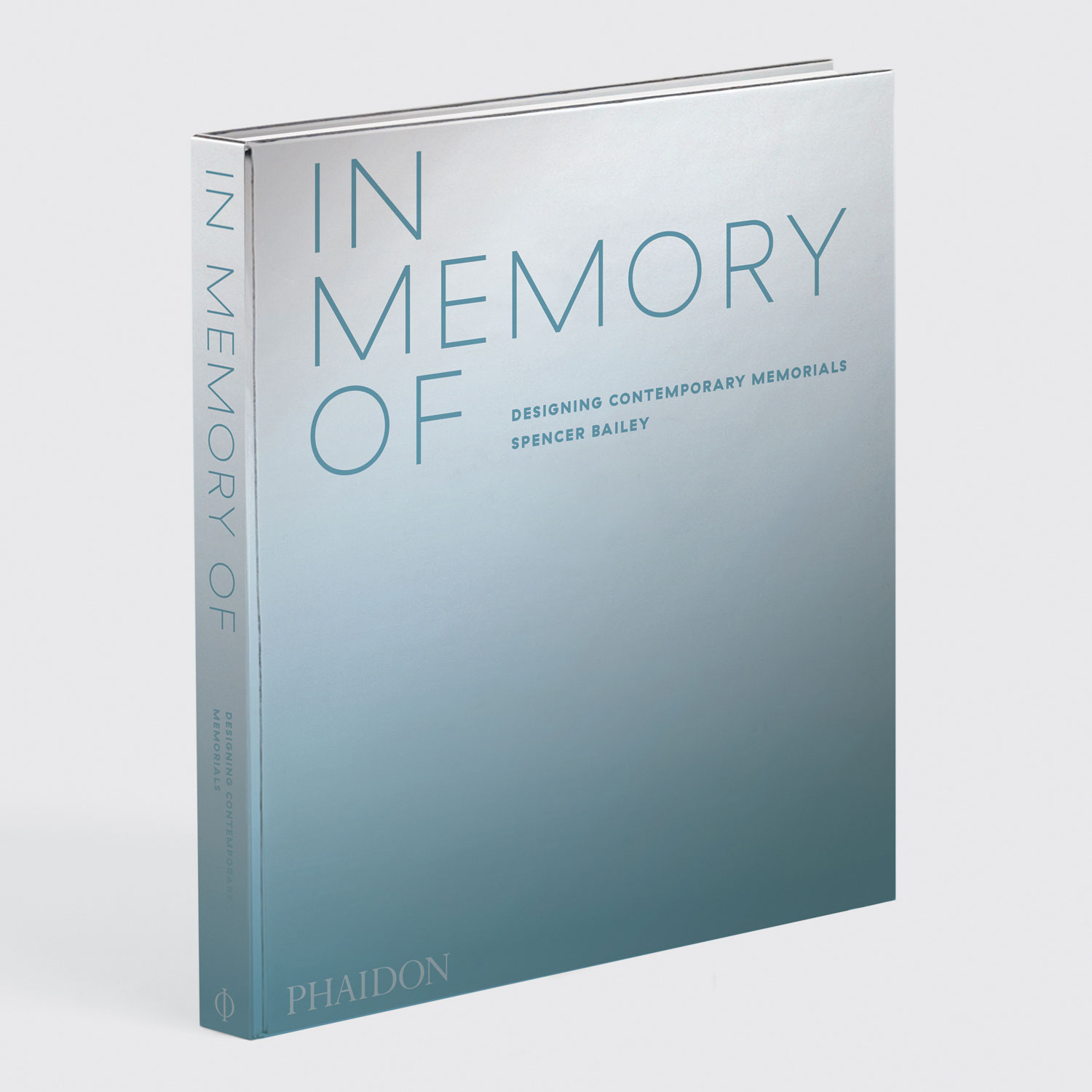
Watch David Adjaye, Michael Bierut and Spencer Bailey talk about contemporary memorials
The architect, designer and author got together yesterday to discuss all aspects of Bailey's new book, In Memory Of
When the acclaimed designer Michael Bierut came to work on Spencer Bailey’s new book, In Memory Of: Designing Contemporary Memorials, there was one reader response he wanted to avoid. As he explained in yesterday’s online panel discussion with Bailey and David Adjaye, the award-winning architect and foreword contributor, Bierut didn’t want people to pick it up and say, “Gee, look at all these cool memorials.”
“Memory is such a subtle thing,” he went on to say during the talk, which was hosted by Phaidon and Dezeen. “It exists on a different sort of plane. Really, we’re talking about how as human beings, we use our encounters with these physical places to access our own memories.”
When designing the cover, Bierut took up this theme, to create a hardback, minimal, reflective cover into which the title was debossed, so, as he said, “it can be felt and seen.”
That personal, yet collective theme was something Adjaye picked up on in the talk too, discussing how, in his work on London’s Stephen Lawrence Centre, an academic building that also memorialises the student and would-be architect who was murdered in 1993, Adjaye was able to turn some of that remembrance into something else. “The building is not just functional,” the architect explained, “it’s a place of hope.”
Spencer described how many of the works in the book are abstract and drew on the minimalist art movement of the mid-20th century. Adjaye added that the narrative side of the memorials distinguished them from true minimalists - “none of the minimalists I know would have narrative as part of the work,” he said - arguing that the bodily experience of encountering these big, abstract public works might also be key to understanding their enduring power.
“It starts off as a spatial experience,” he said, “our senses are shifted; the act of the memorialisation requires the sentient body to be in motion. Leaning up or looking in, that action fires off a lot of things and if it aligns with a narrative, that allows anyone to play their role within it; I’m happy beginning with minimalism, but it goes beyond that.”
If you want to go beyond this brief precis of their talk, then watch the full discussion above and get a copy of In Memory Of here.
